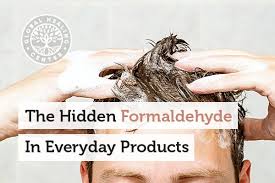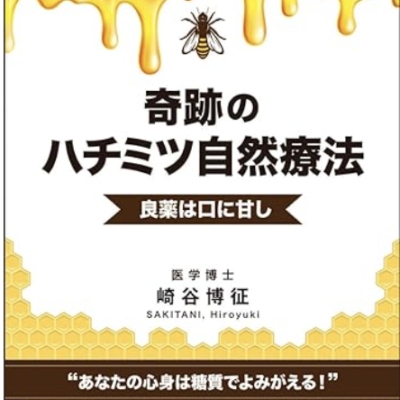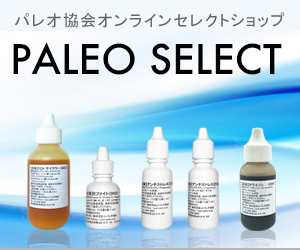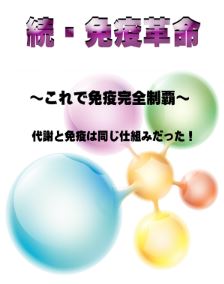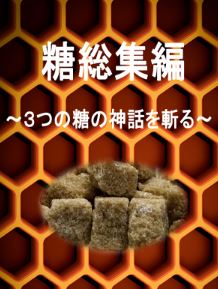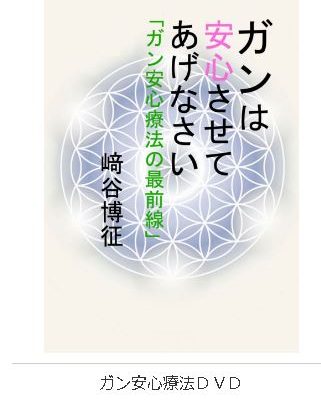みなさんは、ドライクリーニングに衣服を出されたことがあるでしょうか?
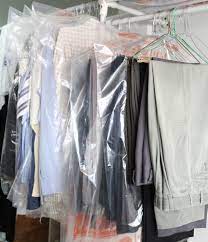
クリーニング後に、衣服を包むビニールをとると、気分が悪くなる塩素臭がします。
ドライクリーニングとは、水の代わりにクリーニング溶剤と呼ばれる特殊な液体で洗います。
元々、1800年代に米国やヨーロッパで、水で洗えないドレスなどを石油、ガソリンやベンゼンといった溶液で洗うと縮むことがなく、汚れがとれるということで始まりました(EnviroForensics . The History of Dry Cleaning Solvents and the Evolution of the Dry Cleaning Machine (2020))。

それまでは、ヨーロッパでは、ドレスなどは水洗いで縮むために、使い捨てだったようです。

1900年代に入り、燃える危険性のある石油系の溶剤から、フッ素や塩素化合物の毒性の強い不燃溶剤に移行していきました。
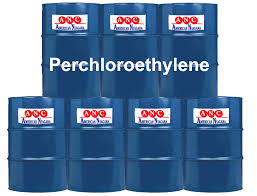
現在、日本でも最も使用されているドライクリーニングの溶剤は、塩素化合物の「過塩素エチレン、パークロロエチレン(perchloroethylene (PERC)、tetrachloroethylene」です。その他の溶剤としては、これも毒性のあるシリコン系(siloxane)があります。

この塩素溶剤は、人体に影響はないのでしょうか?
パークロロエチレンのような過塩素酸塩(perchlorate)は、甲状腺障害を引き起こします(Interference on Iodine Uptake and Human Thyroid Function by Perchlorate-Contaminated Water and Food. Nutrients. 2020 Jun 4;12(6):1669)(Thyroid Hormones and Thyroid Disease in Relation to Perchlorate Dose and Residence Near a Superfund Site. J Expo Sci Environ Epidemiol. 2013 Jul; 23(4): 399–408)(Occupational and Environmental Determinants for Benign Thyroid Disease and Follicular Thyroid Cancer. Int J Occup Environ Health. 1997 Apr;3(2):89-94)(Perchlorate in drinking water during pregnancy and neonatal thyroid hormone levels in California. J Occup Environ Med. 2010 Dec;52(12):1217-24)。
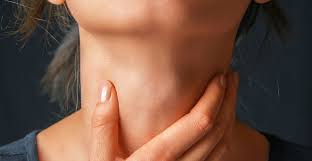
つまり、全身の糖のエネルギー代謝を低下させる甚大な悪影響を与えるのです。
パークロロエチレンの人体への影響としては、少なくとも皮膚の炎症、脳神経障害、肝臓・腎臓障害、不妊、催奇形性、そして発ガンなどが報告されています(Modeled exposure to tetrachloroethylene-contaminated drinking water and the risk of placenta-related stillbirths: a case-control study from Massachusetts and Rhode Island. Environ Health Glob Access Sci Source. (2018) 17:58)(Human health effects of trichloroethylene: Key findings and scientific issues. Environ Health Perspect. (2013) 121:303–11)(Tetrachloroethylene exposure and bladder cancer risk: a meta-analysis of dry-cleaning-worker studies. Environ Health Perspect. (2014) 122:661–6)(Prenatal exposure to tetrachloroethylene-contaminated drinking water and the risk of congenital anomalies: A retrospective cohort study. Environ Health Global Access Sci Source. (2009) 8:44)(Affinity for risky behaviors following prenatal and early childhood exposure to tetrachloroethylene (PCE)-contaminated drinking water: a retrospective cohort study. Environ Health Global Access Sci Source. (2011) 10:102)(Long-term health effects of early life exposure to tetrachloroethylene (PCE)-contaminated drinking water: a retrospective cohort study. Environ Health. (2015) 14:36)。

それも低濃度の暴露でも危険性があることが分かっています(Human health effects of tetrachloroethylene: key findings and scientific issues. Environ Health Perspect. (2014) 122:325–34)。
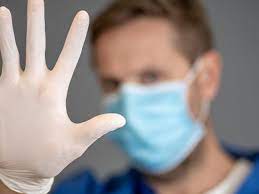
もちろん、このドライクリーニングの猛毒溶剤は、空気中、地下水、河川、海を日夜汚染し続けているため、野生生物にも悪影響を与えています。

EUや米国では、この塩素溶剤に規制が入り始めていますが、まだ代替品が見つかっていません(塩素溶剤の量が少なくて済む機械の導入)。
日本では、ドライクリーニングの機械が古い上に、コストを下げる目的でフィルター交換を遅らせることがあるために、衣服に塩素化合物の溶剤がついていることが多いです。
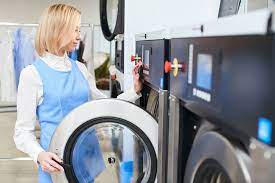
やはり基本はドライクリーニングをしなくて良い素材の服を選ぶことが最も自然な選択です。

現代社会のフォーマルとされるスーツやドレスは、持続不可能な選択なのです(^_−)−☆。
